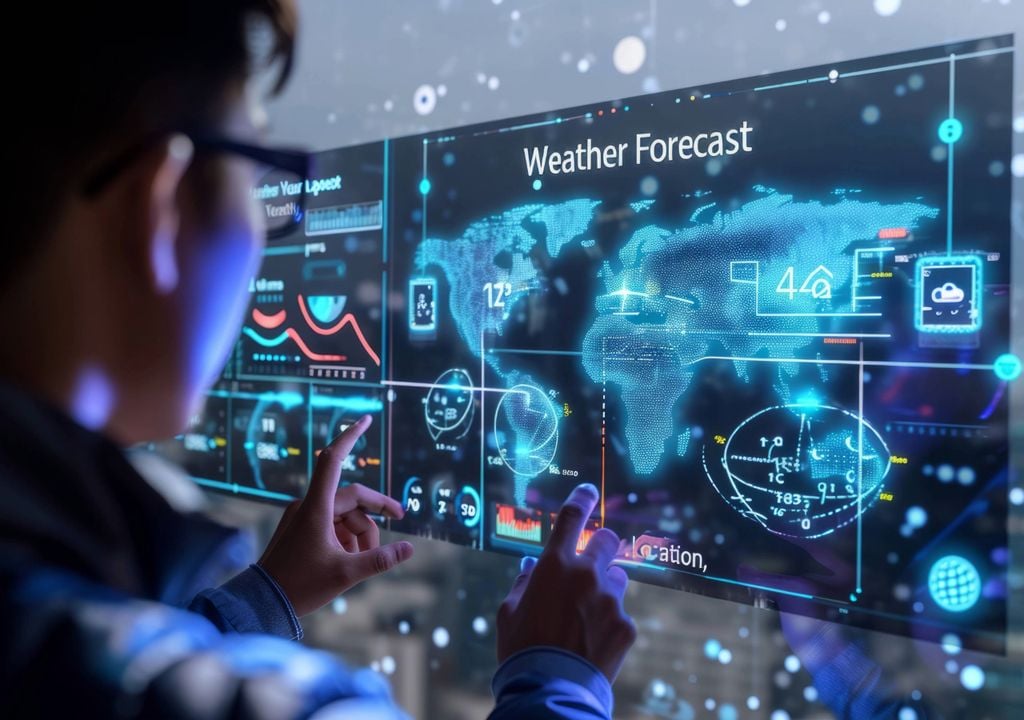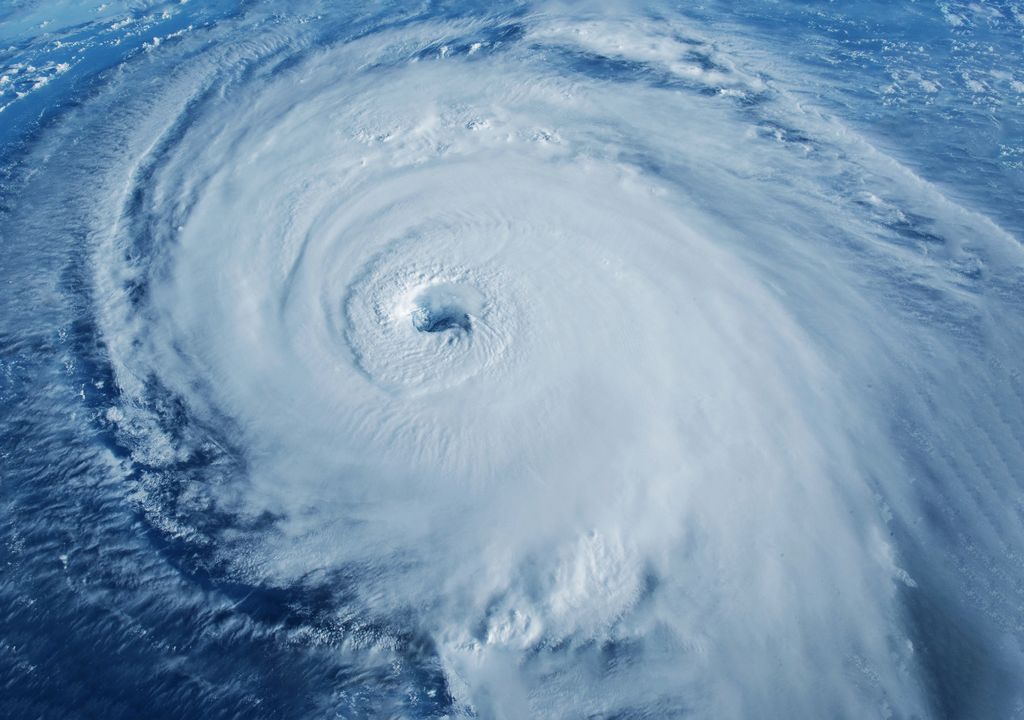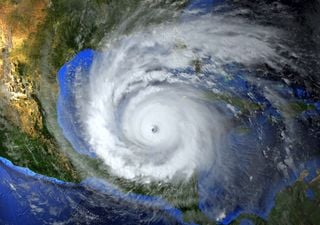Using weather forecasting models to predict how human activity affects major weather events
State-of-the-art weather forecasting models can be used to quantify the effects of greenhouse gas emissions at a local level.

The same tools used for weather forecasting by national forecasting centres like the Met Office could be used to quantify how human behaviour is exacerbating major events like floods, heatwaves and storms.
Climate scientists from the University of Oxford say this use of weather forecasting could be transformational, and help better prepare for extreme weather events.
Same model, different use
For the first time, researchers from the department of Physics have shown how state-of-the-art weather forecasts can be used to demonstrate the effects of greenhouse gas emissions on extreme weather.
Analysis of recent events in the UK and USA allowed researchers to assess the impact of global warming at a local scale; they found human activity worsened specific weather events and made them more likely to occur.
“Weather forecasters could – and should – both warn people of extreme weather and explain how it is being affected by climate change,” says Professor Myles Allen, who led the research team. “We have shown for the first time that the same top-quality models used for weather forecasting, which are tested relentlessly every day, can be used to show the impacts of global warming.”
“It isn’t a simple case of climate change making all weather worse: some events, like prolonged winter cold, have become less likely,” he adds. “Multi-billion-pound decisions depend on adapting to climate change, so we need the most reliable means possible to inform them – and this is it.”
Reliable models
The research used the world’s most reliable medium range weather forecasting model, from the European Centre for Medium-Range Weather Forecasting, to evaluate the impact of climate change on extreme weather. Previous research focused on Storm Eunice which reached wind speeds of 122 miles per hour and caused 17 deaths in the UK in February 2022. Shirin Ermis, who led the UK study, says: “We found that climate change expanded how much of the UK was impacted by storm Eunice and intensified the storm’s severity by as much as 26%.”
This new study used the same approach to analyse the US Pacific Northwest heatwave, thought to have killed over 800 people in June 2021. Dr Nicholas Leach, who led the US study, says: “Climate change and human influence is having a very clear impact on certain extreme weather like storms and heatwaves. Human influence made this 2021 heatwave at least eight times more likely, and we also found the risk of similar heatwaves occurring is doubling every 20 years at the current rate of global warming.”
Understanding how climate change and human activity influences extreme weather events is a significant and urgent challenge – each year such events cost many lives and billions of dollars in aid and disaster relief around the world.

Scientists use computer modelling to investigate the impact of climate change on extreme weather, and assess the influence of human activity, but these can be inaccurate at a regional or local level and only represent specific atmospheric processes at a coarse scale, so predictions are unreliable, especially for extreme weather. To overcome this, researchers used high-resolution weather forecasting models to simulate extreme weather as if it had happened in a world without human influence on climate, and in a future warmer world. The models could be used to predict unprecedented weather events and quantify how human behaviour is changing them.
“Why only use a road atlas when you have a satnav available? Our climate models are like the old A-to-Z: tried and tested, but they have their limitations, especially when it comes to extreme weather. Using state-of-the-art weather forecast models allows us to quantify how human influence impacts extreme weather, to zoom in on local impacts, and to investigate the processes driving this, giving us greater confidence in our predictions,” says Leach.
Their findings coincide with the United Nations AI for Good Summit in Geneva. Scientists from the Oxford team will lead sessions on how artificial intelligence and machine learning can improve regional forecasting of extreme weather and future climate predictions.
News Reference
Leach, NJ. Et al (2024) Heatwave attribution based on reliable operational weather forecasts, Nature Communications.








